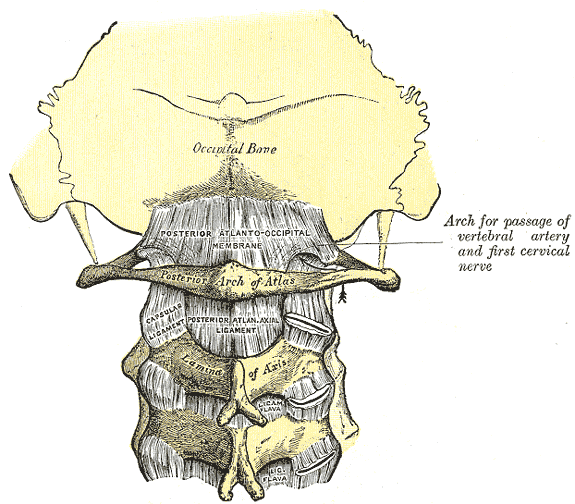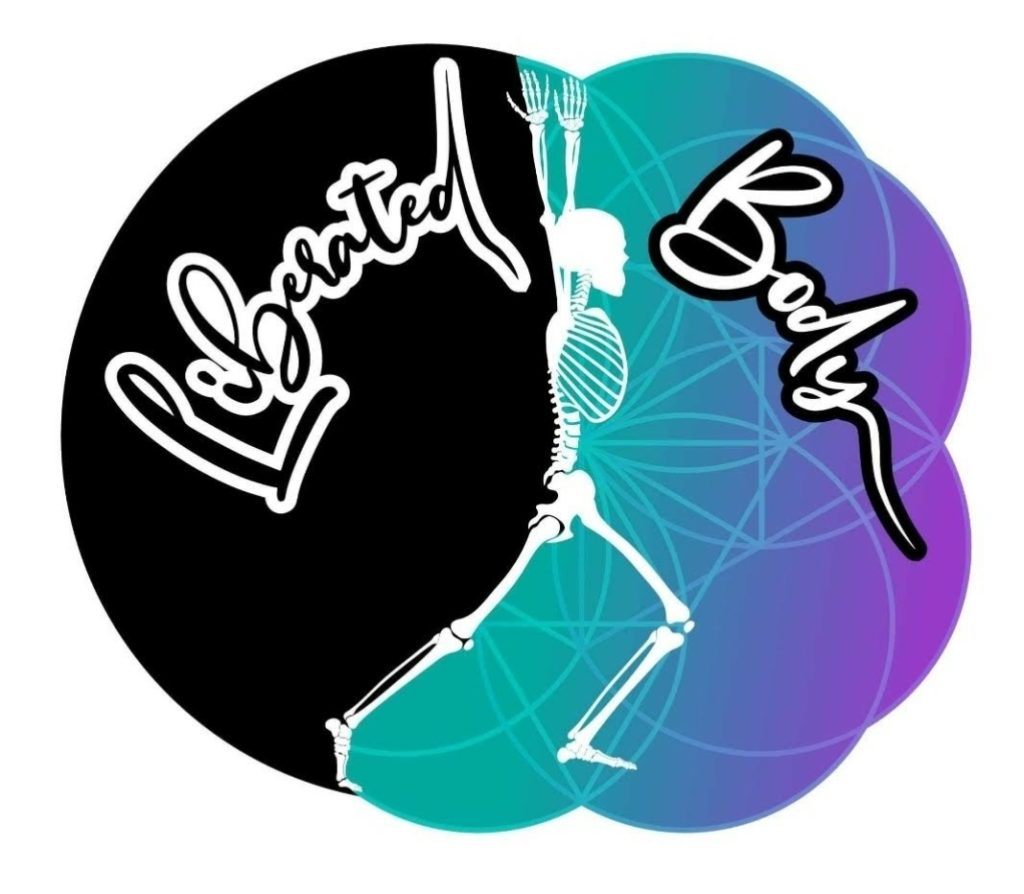After last week’s free Movement Nerd Hangout: Get Your Shoulders Off Your Ears, I experienced an unexpected and pleasant shift in how my creaky ol’ neck felt. So today I’d like to share a snippet from the session with the exercise I’m curretnly obsessed with, in the hopes it is helpful for you, too.
99.9999999% (not an actual statistic, don’t call the fact-police) of folks I’ve worked with need this movement at some point of another (but be fore-warned: Some people DON’T need more neck decompression! So if it feels bad in any way, please desist).
First, why should you care about neck compression/decompression? Specifically, compression of the occipital-atlantal joint (OA joint). Check out this quick intro snippet from the hangout that explains in a nutshell:
Ok, so OA joint compression can make your neck not feel awesome, limit range of motion (think, shoulder-checking whist driving), and isn’t very aesthetically pleasing (not that that really matters). Other considerations:
- Blood supply, and therefore oxygen, gets to your brain through there
- Spinal cord passes right through the occiput’s foramen magnum (“big hole”)
- Cranial nerves pass through there, too (compression of which can make you feel all sorts of “off”)
- Headaches- muscular tenstion and pressure-related can stem from OA compression
- Reduced pumping of cerebrospinal fluid (which has ramifications for the health of your nervous system)
- Some may experience depression (in my Upledger Craniosacral Therpay training we were taught that OA compression is a component of some presentations of depression that don’t have a clear root in chemical imbalance or trauma)
- Via whole body movement connections, restriction at the neck can impact on EVERYTHING else: Feet, knee, hips, back, shoudlers…

The next snippet is from the part of the hangout in which the audio quality went to shit.
Fear not. I’ve made subtitles and some sketchy video edits that I hope are helpful for you to follow the instructions effectively to participate along!
Give my current exercise obsession, supine neck decompression, a go:
This movement is inspired by the work of Svetlanta Masgutova, through the training I have been doing in her MNRI curriculum (Masgutova Neurosensorimotor Reflex Integration). The intention of this exercise is to decompress and elongate the back of the neck with an extension through the spine.
Did you try it??? Go do it now before reading more 🙂
But now this brings us to a wee little problem. This is an example of looking at one part of the body in isolation.
Isolation and integration: When does neck decompression happen in connection with the rest of your body?
There is a specific time and place for every single joint motion.
The next step we need is to integrate WHEN and HOW this motion of neck decompression fits in with every other body part. So you’re doing the “right” motion, but are you doing it at the right place and time for your body to move most efficiently?
For example… Can you answer these questions about how your neck and your body should ideally move together?
- What does the rest of your spine do when your neck decompresses? (flex or extend?)
- What do both your feet do when your neck decompresses? (pronate or supinate?)
- When you bend your knees,what is themost efficient thing for your neck structures to do? (compress or decompress?)
Understanding these connections between your neck and other distal parts of the body are what help us take an isolated neck exercise, and use it as a whole body learning experience.

The problem is, our bodies might have gotten so far off course that its a challenge to know what is “right” and “wrong”. Where’s North and South on the map? Wait… Where’d my map go!?
Well, I happen to teach a handy map of the human body in motion in my Liberated Body workshop (you’ll be able to answer all three questions above after lesson two and feel the benefit of a more coordinated, connected body).
Having a map of how the whole body moves, as an interdependent system, is what helped me get my body out of pain. I wish the same for you. That’s why I put Liberated Body together. And you can do it online with me without having to brush your teeth.
So if you’re keen to learn more about whole body movement beyond this one little part of your neck (and how this one little part of your neck has HUGE influence on the rest of your body), sign up for my upcoming workshop Nov 17th.
GO HERE TO REGISTER FOR LIBERATED BODY NOV 17/21 🙂
But even if you don’t join in the movement goodness, give this neck thang a try. Maybe commit to practicing everyday, and see how it feels for your whole body. I’d love to hear what you observe 🙂
A FINAL THING TO REMEMBER… This disclaimer about the neck decompression exercise:
There’s a lot of important tubes and structures (nerves, blood vessels, lymph, etc) housed in your neck. Be gentle. Don’t force things. Harder is NOT better. Go small and smooth and quietly. Use only 20% of your total strength. Use the effort you’d use to pat a kitten. If something feels bad, don’t continue. If things hurt, get help from a professional. It is IMPOSSIBLE to know if this exercise will be useful for you through the screen, and I am NOT a medical professional telling you that you MUST do this exercise to fix your neck problems. I cannot give you specific medical advice. My intention is to share a movement that may inspire you to take better care of your body and find new ways of moving it. I am not claiming this WILL FIX YOUR NECK. Just to be clear… 😉 Use your common sense, and do this at your own discretion.

